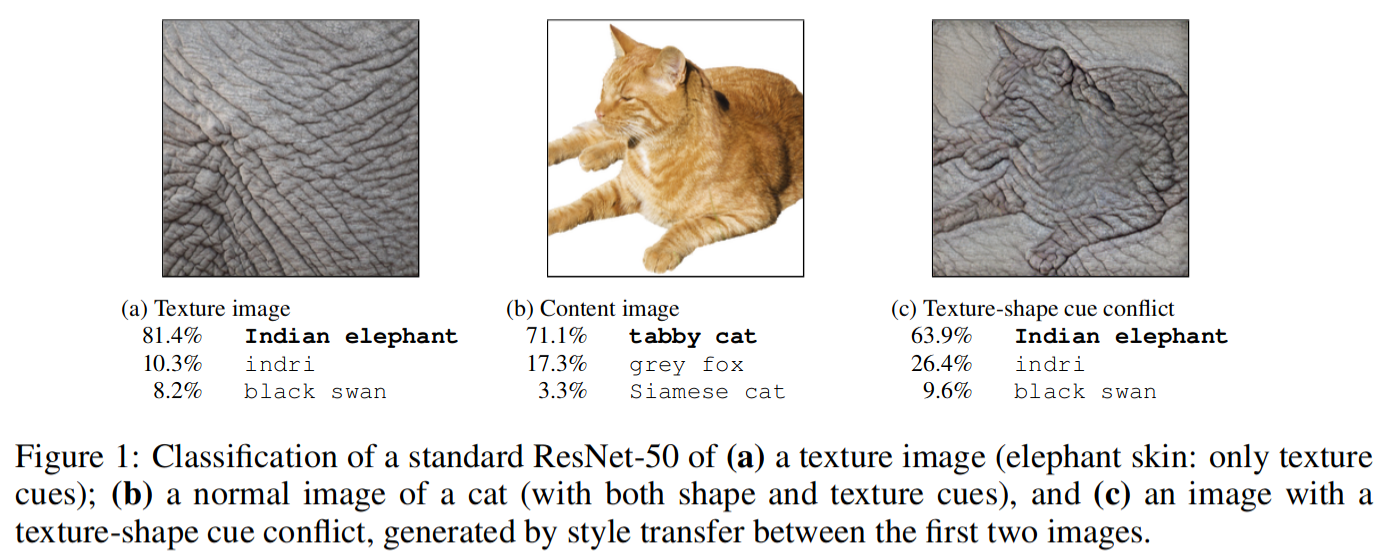Generalisation in humans and deep neural networks
We compare the robustness of humans and current convolutional deep neural networks (DNNs) on object recognition under twelve different types of image degradations. First, using three well known DNNs (ResNet-152, VGG-19, GoogLeNet) we find the human visual system to be more robust to nearly all of the tested image manipulations, and we observe progressively diverging classification error-patterns between humans and DNNs when the signal gets weaker. Secondly, we show that DNNs trained directly on distorted images consistently surpass human performance on the exact distortion types they were trained on, yet they display extremely poor generalisation abilities when tested on other distortion types. For example, training on salt-and-pepper noise does not imply robustness on uniform white noise and vice versa. Thus, changes in the noise distribution between training and testing constitutes a crucial challenge to deep learning vision systems that can be systematically addressed in a lifelong machine learning approach. Our new dataset consisting of 83K carefully measured human psychophysical trials provide a useful reference for lifelong robustness against image degradations set by the human visual system.
PDF Abstract NeurIPS 2018 PDF NeurIPS 2018 Abstract

